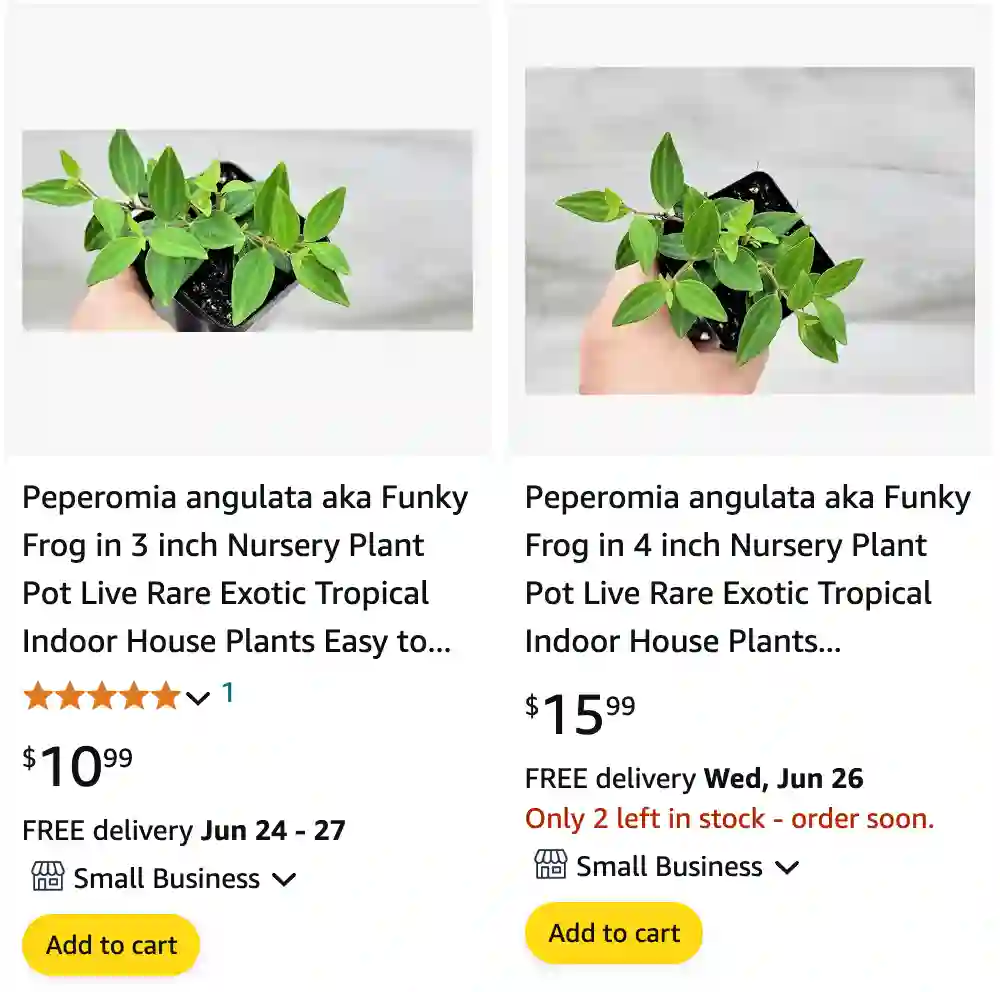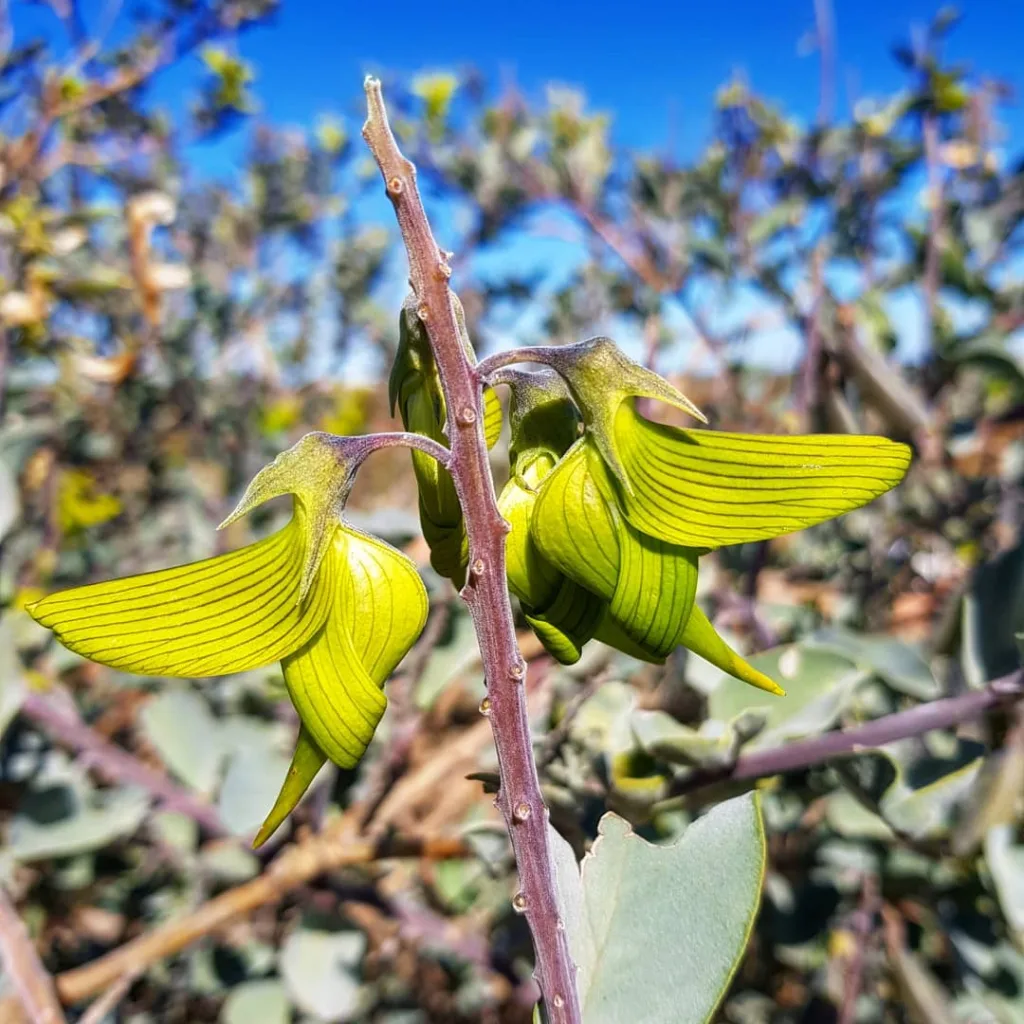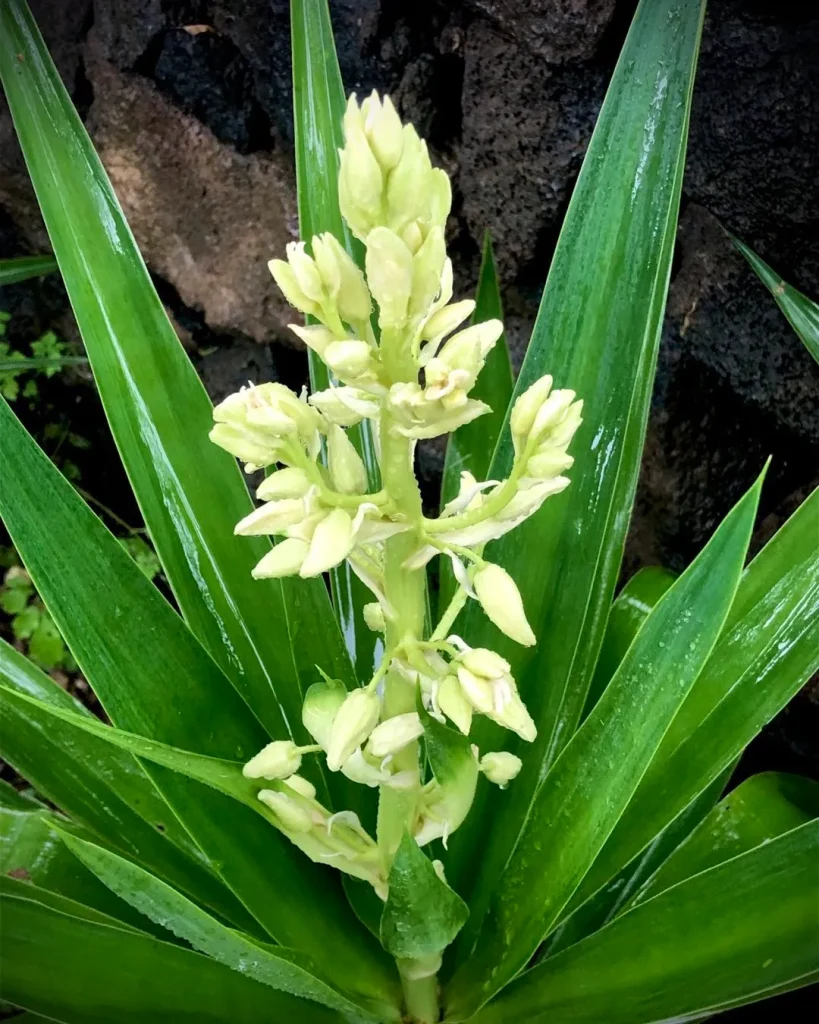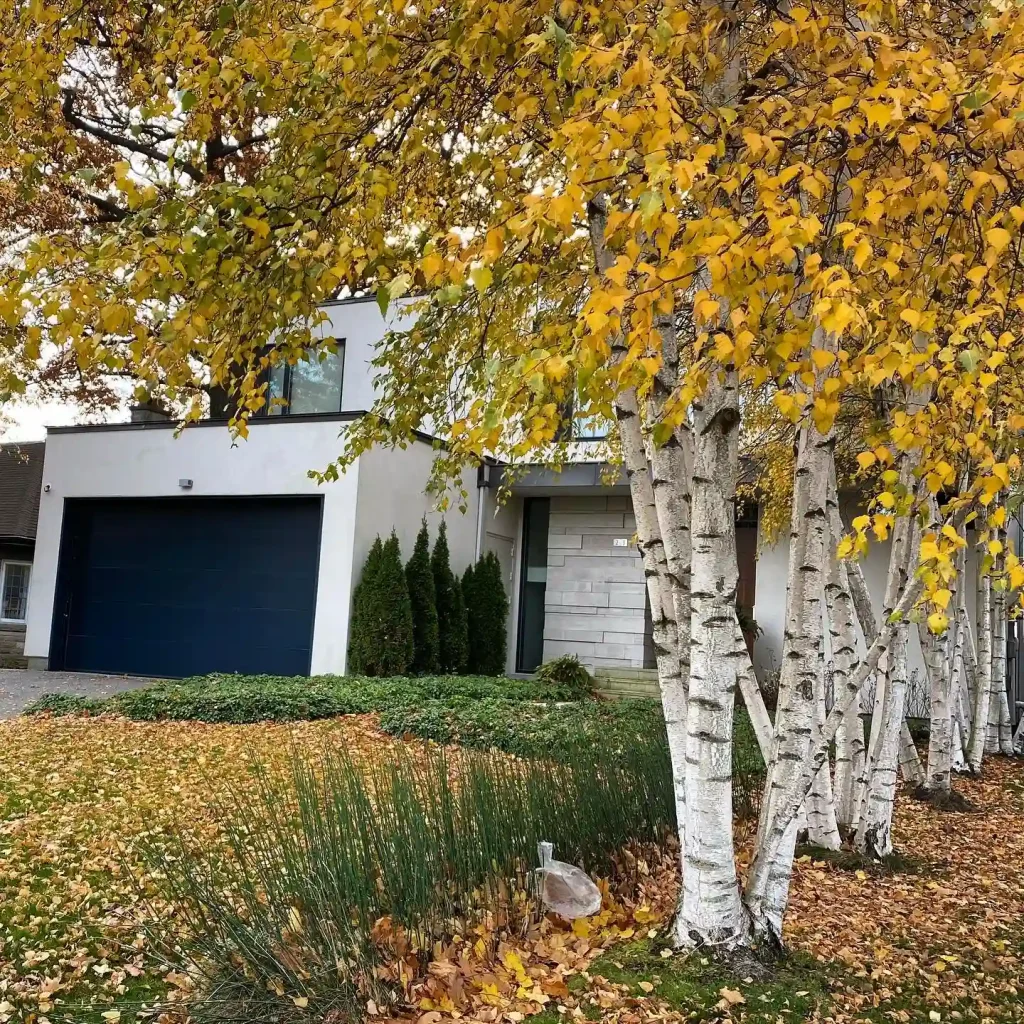
Peperomia Angulata: The Wrinkled Wonder – Your Guide to Growing This Charming Plant
Hello, plant enthusiasts! I’m Ferb Vu, and today, we’re diving into the world of the Peperomia Angulata, a delightful little plant that packs a punch with its unique charm. Often nicknamed the “Beetle Radiator Plant” or “Diamond Peperomia,” this houseplant is a favorite for its low-maintenance needs and interesting foliage.
If you’re considering adding a Peperomia Angulata to your collection, you’ve come to the right place. This FAQ will answer all your burning questions about this little wonder, from care tips to troubleshooting common problems.
1424 Species in Genus Peperomia
What is a Peperomia Angulata?
The Peperomia Angulata is a semi-succulent belonging to the Piperaceae family, native to the lush rainforests of South America, particularly the Amazon Basin. These little guys are known for their distinctive, wrinkled, and slightly fleshy leaves. They come in various shades of green, with some varieties boasting a beautiful shimmer.
The Angulata grows in a trailing or cascading manner, making it perfect for hanging baskets or shelves. They typically reach a mature height of around 8 to 12 inches, with a spread of up to 10 inches.
Peperomia Angulata vs Puteolata
When I look at my Peperomia Angulata next to my Peperomia Puteolata, I always appreciate the Angulata’s rich, dark green leaves, which contrast beautifully with the lighter, stripey leaves of the Puteolata that remind me of tiny watermelons.
Peperomia Angulata vs Dischidia Ovata
Comparing my Peperomia Angulata to my Dischidia Ovata, I find the Ovata’s cute, little ovate leaves with their intricate patterns and reddish hues to be more visually striking, though I love the Angulata’s compact and lush growth.
Peperomia Angulata vs. Peperomia Obtusifolia (Baby Rubber Plant):
Both the Peperomia Angulata and the Peperomia Obtusifolia (Baby Rubber Plant) are popular houseplants, but there are some key differences to consider:
- Leaf Shape: The Angulata has wrinkled, textured leaves, while the Obtusifolia boasts smooth, glossy leaves.
- Growth Habit: The Angulata trails or cascades, while the Obtusifolia grows more upright and bushy.
- Light Needs: The Angulata prefers bright, indirect light, while the Obtusifolia can tolerate lower light conditions.
- Watering Needs: Both require infrequent watering, but the Obtusifolia is slightly more forgiving of underwatering.
Light:
- Provide your Peperomia Angulata with bright, indirect light. Avoid harsh, direct sunlight, which can scorch the leaves.
- East or north-facing windows are ideal locations.
- If your home doesn’t have a lot of natural light, consider using grow lights to supplement.
Water:
- These little plants are drought-tolerant. It’s better to underwater than overwater, as overwatering is the leading cause of problems.
- Allow the soil to dry completely between waterings. You can stick your finger into the soil to check for moisture.
- When watering, soak the soil thoroughly until water runs out the drainage holes.
Soil:
- Use a well-draining potting mix specifically formulated for cacti and succulents.
- You can also create your own mix by combining potting soil with perlite or sand for added drainage.
Temperature and Humidity:
- Peperomia Angulata thrives in average room temperatures between 65°F and 80°F (18°C and 27°C).
- They don’t require high humidity levels but appreciate occasional misting, especially during dry winter months.
Fertilizer:
- You don’t need to fertilize your Peperomia Angulata very often. A light feeding once a month during the growing season (spring and summer) with a diluted balanced fertilizer is sufficient.
Propagation:
- Propagating your Peperomia Angulata is easy! You can do it through stem cuttings or leaf cuttings.
- Simply take a healthy stem tip with a few leaves attached, or a single healthy leaf, and plant it in a moist, well-draining potting mix.
Common Problems:
- Drooping or Yellowing Leaves: This is usually a sign of overwatering. Allow the soil to dry completely between waterings.
- Brown Spots on Leaves: This can be caused by sunburn from direct sunlight. Move your plant to a location with indirect light.
- Pests and Diseases: Peperomia Angulata is generally pest and disease-resistant. However, they can be susceptible to mealybugs or fungus gnats if overwatered. You can treat these issues with neem oil solution or insecticidal soap.
Conclusion:
The Peperomia Angulata is a charming and low-maintenance houseplant perfect for busy plant lovers. With its unique foliage and trailing habit, it adds a touch of whimsy to any space. By following these simple care tips, you can ensure your Peperomia Angulata thrives for years to come. Happy planting!
If i die, water my plants!



